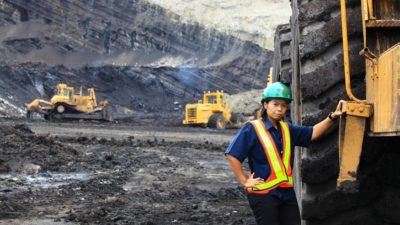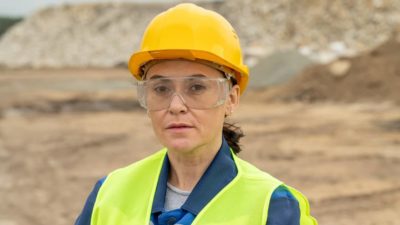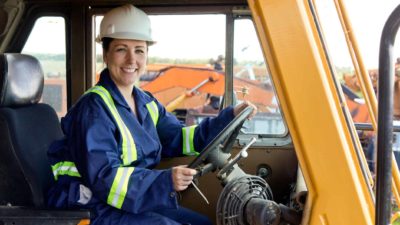The Rio Tinto Ltd (ASX: RIO) share price dipped below $120 at the end of last week. Could this dip be an opportunity to buy the ASX mining share at a cheaper price after getting a look at the company's most recent quarterly update?
A mining company doesn't have much control over the resource price. However, how much production the company produces is also important. Rio Tinto is involved with several commodities, though iron ore and copper may be seen as the most important in the portfolio for the short to medium term.
Let's remind ourselves about Rio Tinto's operational performance in the first quarter of 2023.
Quarterly performance
I'm going to compare the figures against the first quarter of 2022 – the year-over-year comparisons.
Rio Tinto's Pilbara iron ore shipments grew by 16% to 82.5 million tonnes (mt), while production increased by 11% to 79.3 mt.
Bauxite production fell 11% to 12.1 mt. Aluminium production rose 7% to 785 kt. Mined copper was unchanged year over year at 145 kt. Titanium dioxide slag production rose 4% to 285 kt. Iron Ore Company of Canada saw production rise 5% to 2.5 mt.
Overall, it seemed like a solid quarter – it was the highest ever first quarter shipments achieved for the Pilbara iron ore business.
Promising progress on growth
The business can point to investments and growth where it's developing projects. This is important to help support and hopefully grow the Rio Tinto share price.
It is ramping up production at its Gudai-Darri project, with the mine expected to reach its capacity in 2023.
During the quarter, it also formed a joint venture with China Baowu Steel Group after receiving regulatory approvals. Construction of the first co-designed mine has started.
It's also making progress on the large copper project called Oyu Tolgoi in Mongolia. Construction of the conveyor to surface works continued to plan and is over 40% complete. It also awarded "major" contracts for upgrade works planned for the concentrator, with contractors mobilising to the site.
At the Simandou iron ore project in Guinea, negotiations towards the co-development of the project's infrastructure progressed with the March signing of a shareholder agreement. This is another step towards securing the cost estimates, schedule, fiscal regime and regulatory authority approvals necessary to progress the co-development.
At the Rincon lithium project in Argentina, the development of the lithium carbonate starter plant is ongoing.
My view on the Rio Tinto share price
The reason why I wanted to cover all of those projects is that it shows Rio Tinto isn't just sitting on its existing mines. It's actively working on maintaining its strong iron ore position in the global market while expanding its exposure to green commodities like lithium and copper.
In the shorter term, Rio Tinto's share price will likely be heavily influenced by the iron ore price. I think the current iron ore price of around US$120 per tonne is high enough for the ASX mining share to generate good earnings. But, there's a chance the iron ore price could go higher as China's economy recovers from the COVID lockdowns, as we've seen in other economies. But, it could also go lower, particularly if China exerts more pressure.
I like how the business is future-proofing itself by focusing on decarbonisation commodities, which is why I'd rank it near the top of a list of ASX mining shares I'd want to own. It's quite possible that it could go lower from here, and its large size makes it harder to deliver strong gains, but scale also means it can make a lot of profit during the good times, with potentially good dividends flowing to shareholders.
For investors interested in Rio Tinto shares, I'd say it's a buy for its copper and lithium exposure. But, a lower Rio Tinto share price would be more appealing.








